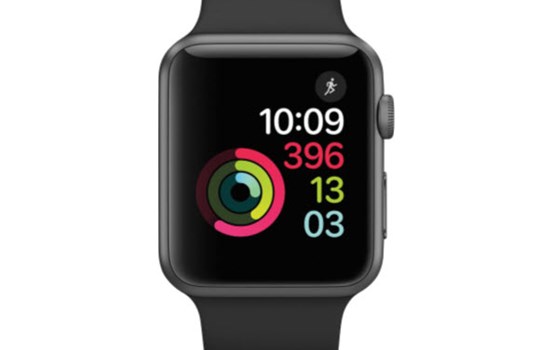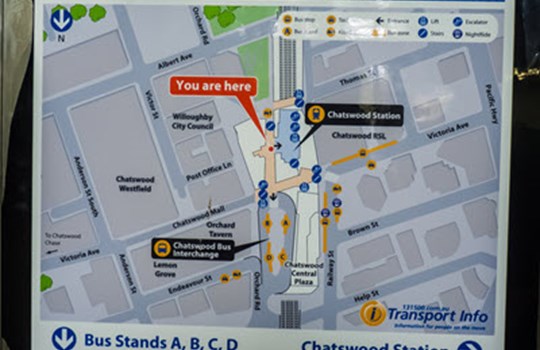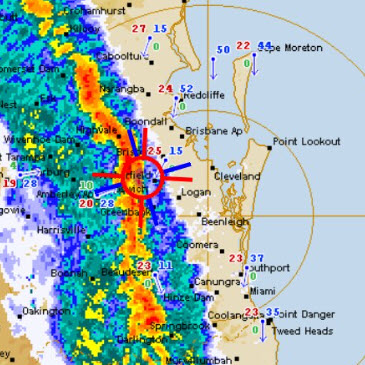Telling time
Alice’s eyes open. She can see that the clock on her bedside table says 6:45 am: ‘Quarter of an hour until I have to get up!’ Telling the time, Alice has already used maths (addition, fractions and elapsed time) before she even got out of bed. She goes downstairs. In the living room, Alice finds her phone. Her mum says everyone needs a break from their devices when they sleep, so all the phones are plugged in at the same charging spot.


Taking the bus
Alice is now dressed and has packed her school bag. She checks her bus ticket app and sees that she only has $3.00 left. It costs $3.80 to get to school. She works out she doesn't have time to walk the 3 km. Alice asks her mum to put more money on her app.
Alice reads the bus timetable. The next bus is at 8:10 am. Alice knows it takes 4 minutes to walk to the bus stop. She likes to be at the stop 5 minutes early to make sure she doesn’t miss the bus. The time is 8"00 am so Alice knows she needs to leave the house right away.
Before Alice has even arrived at maths class this morning, she has already encountered maths and products made possible by maths many times. Maths is all around us all the time. What real-world maths have you interacted with today?
